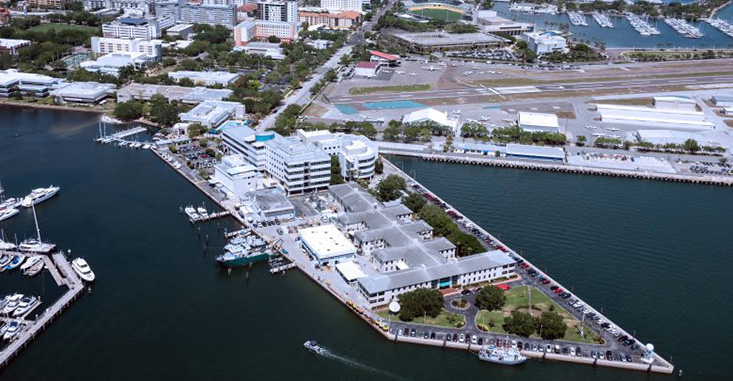
Marine Science Faculty Publications
Document Type
Article
Publication Date
2006
Keywords
Acid Mine Drainage, Iron Acquisition, Metabolic Potential, Black Sample, Subsystem Analysis
Digital Object Identifier (DOI)
https://doi.org/10.1186/1471-2164-7-57
Abstract
Background: Contrasting biological, chemical and hydrogeological analyses highlights the fundamental processes that shape different environments. Generating and interpreting the biological sequence data was a costly and time-consuming process in defining an environment. Here we have used pyrosequencing, a rapid and relatively inexpensive sequencing technology, to generate environmental genome sequences from two sites in the Soudan Mine, Minnesota, USA. These sites were adjacent to each other, but differed significantly in chemistry and hydrogeology.
Results: Comparisons of the microbes and the subsystems identified in the two samples highlighted important differences in metabolic potential in each environment. The microbes were performing distinct biochemistry on the available substrates, and subsystems such as carbon utilization, iron acquisition mechanisms, nitrogen assimilation, and respiratory pathways separated the two communities. Although the correlation between much of the microbial metabolism occurring and the geochemical conditions from which the samples were isolated could be explained, the reason for the presence of many pathways in these environments remains to be determined. Despite being physically close, these two communities were markedly different from each other. In addition, the communities were also completely different from other microbial communities sequenced to date.
Conclusion: We anticipate that pyrosequencing will be widely used to sequence environmental samples because of the speed, cost, and technical advantages. Furthermore, subsystem comparisons rapidly identify the important metabolisms employed by the microbes in different environments.
Was this content written or created while at USF?
Yes
Citation / Publisher Attribution
BMC Genomics, v. 7, art. 57
© 2006 Edwards et al; licensee BioMed Central Ltd. This is an Open Access article distributed under the terms of the Creative Commons Attribution License (http://creativecommons.org/licenses/by/2.0), which permits unrestricted use, distribution, and reproduction in any medium, provided the original work is properly cited.
Scholar Commons Citation
Edwards, Robert; Rodriguez-Brito, Beltran; Wegley, Linda; Haynes, Matthew; Breitbart, Mya; Peterson, Dean; Saar, Martin; Alexander, Scott; Alexander, E. Calvin Jr.; and Rohwer, Forest, "Using Pyrosequencing to Shed Light on Deep Mine Microbial Ecology" (2006). Marine Science Faculty Publications. 781.
https://digitalcommons.usf.edu/msc_facpub/781
Breitbart- Using pyrosequencing, Supplementary, File 2.png (3269 kB)
Breitbart- Using pyrosequencing, Supplementary, File 3.pdf (121 kB)
Breitbart- Using pyrosequencing, Supplementary, File 4.xls (180 kB)
Breitbart- Using pyrosequencing, Supplementary, File 5.pdf (122 kB)
Breitbart- Using pyrosequencing, Supplementary, File 6.qual (142940 kB)
Breitbart- Using pyrosequencing, Supplementary, File 7.qual (152670 kB)

